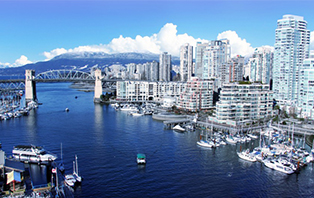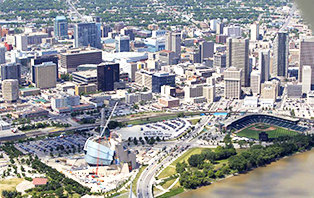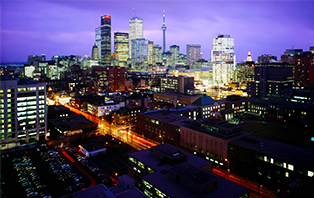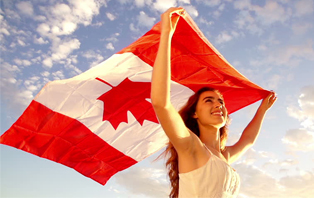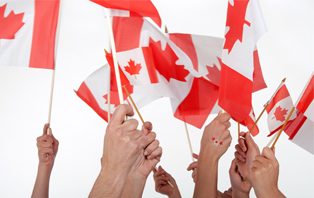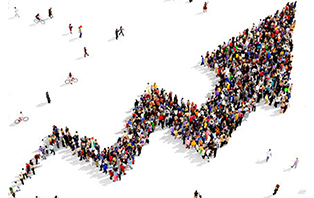Prince Edward Island, fondly called as the Million Acre Farm issued invitations to Express Entry candidates to apply for a provincial nomination in its 18th April draw. A total of 130 invitations were issued to candidates under the Express Entry, Labour Impact & Business Impact Streams.
Prince Edward Island is known for conducting monthly draws and inviting candidates who have submitted an Expression of Interest to its provincial nominee program. The draw that happened on the 18th of April issued 130 invitations to candidates and the total number of invitations issued by Prince Edward Island through its provincial nominee programs for this year has become 570.
The split up of the 130 issued invitations were 113 to Express Entry and Labour Impact candidates and the remaining 17 were issued to entrepreneur candidates belonging to the Business Impact: Work Permit Stream category.
A Brief Note on Express Entry, Labour Market Impact Invitations
Prince Edward Island’s Express Entry Category works along with the Canadian Federal Express Entry System. The Express Entry System is responsible for managing Canada’s three most economic immigration programs which are the Federal Skilled Worker Class program, the Federal Skilled Trades Class Program and the Canadian Experience Class Program. Candidates on receiving a provincial nomination certificate from Prince Edward Island will be receiving 600 additional CRS Scores to his/her total.
Prince Edward Island’s Labour Impact Category is divided into three Expression of Interest based streams:
- Skilled Workers
- International Graduates
- Critical Workers
It should be noted that Labour Impact Category is not aligned with the Express Entry System and candidates applying for these streams should either be working in PEI or should be having an eligible full-time employment offer from an employer.
Entrepreneur Invitations
Foreign Entrepreneurs who look forward to run or invest in one of the businesses in PEI should be pursuing the Business Impact: Work Permit Stream. The lowest ranking candidate on the April 18th draw has a score of 107 and this stream operates only on an Expression of Interest Basis.
Prince Edward Island has been inviting candidates consistently to meet the demands of the province this particular year. If you are looking forward to immigrate to Canada, get in touch with our team of experts and check your eligibility to immigrate for free!
